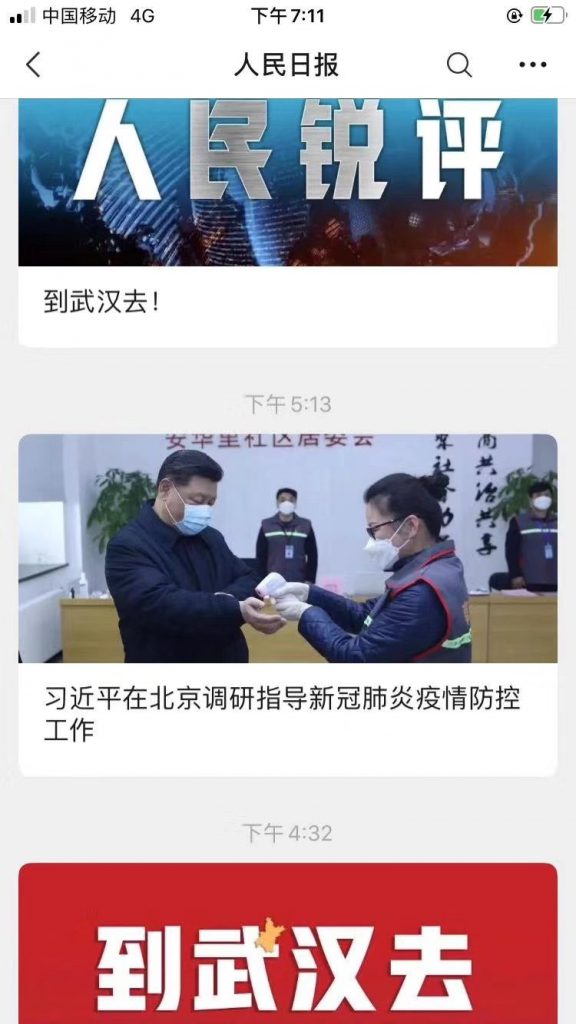Caixin is a Beijing-based media group providing financial and business news and information. It was founded in 2010 by Hu Shuli (胡舒立), who was known for her outspoken style.
On February 13, Caixin published an article questioning the accuracy of the officially reported Wuhan infection count. It stated, “How many people have been infected with the novel coronavirus in Wuhan is a mystery.” “Chen Yixin, Deputy Director of the Central government’s epidemic control leading group, pointed out that we should have a clear understanding of the uncertainty of the Wuhan epidemic. The base of Wuhan’s infected patients has not been collected and there is no precise estimate of the scale of the spread either. Some related offices have estimated that the potential infection count at Wuhan may possibly be very high.”
It then quoted a paper on medRxiv which stated that the conservative estimate would be 54,000 infected and the high estimate would be 90,000. According to China’s official number, as of February 13, Wuhan had 32,994 infection cases.
[Editor’s Note: It is rare to see Caixin, a Chinese media, questioning the official number. Its estimate may not mean much as it still faces political constraint on how high a number it can report.]Related postings on Chinascope:

